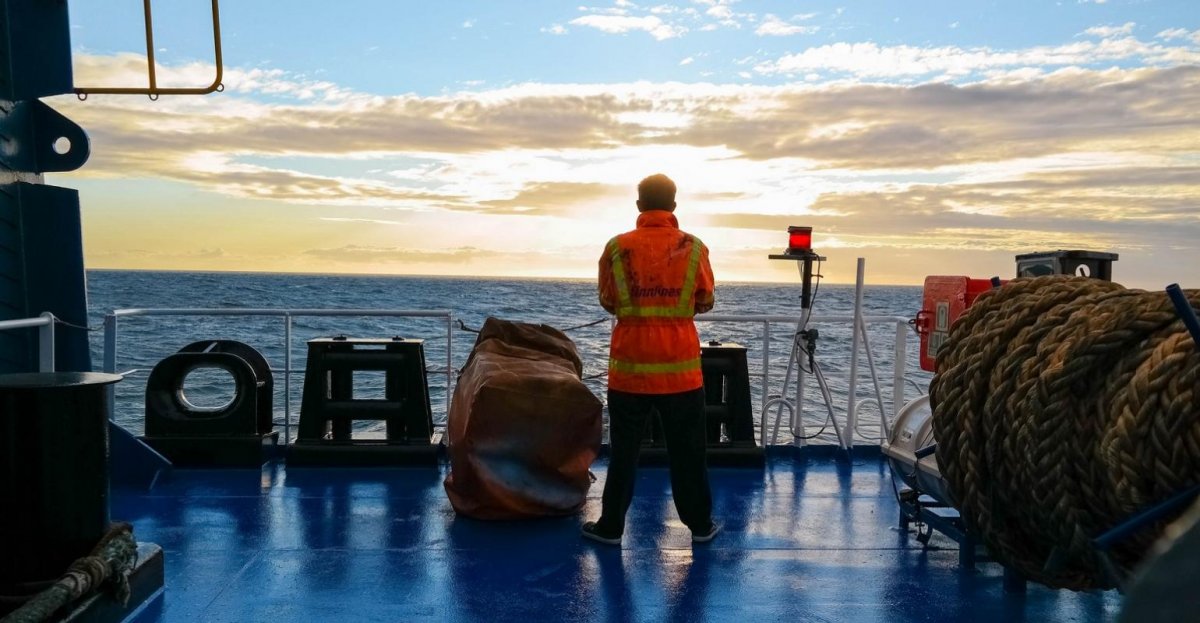
Ryan Ferdinands found himself trapped aboard the ship, the MV Wulin bulk carrier, when his contract ended in March.
With flights grounded, entire economies in lockdown and borders closed, Ferdinands was among thousands of exhausted, anxious seafarers stranded out at sea by travel restrictions triggered by the coronavirus pandemic.
“The world has turned ‘sea blind’,” Ferdinands, Chief Officer of Wulin said, referring to what he saw as indifference by governments and even ordinary people to the work of seafarers, who move 90% of the world’s cargo, from food and medicine to fuel.
Seafarers kept sailing, keeping the essential parts of the world economy moving, even when lockdowns imposed to control the spread of the COVID-19 virus froze most activity onshore. But now they cannot ship themselves home as lockdown measures stalled crew changes or made them painfully slow.
“Imagine yourself locked in a room which floats. Even if you go to port you’re still in the room,” Ferdinands told Roar Media. “We were not allowed ashore as shore leave was stopped.”
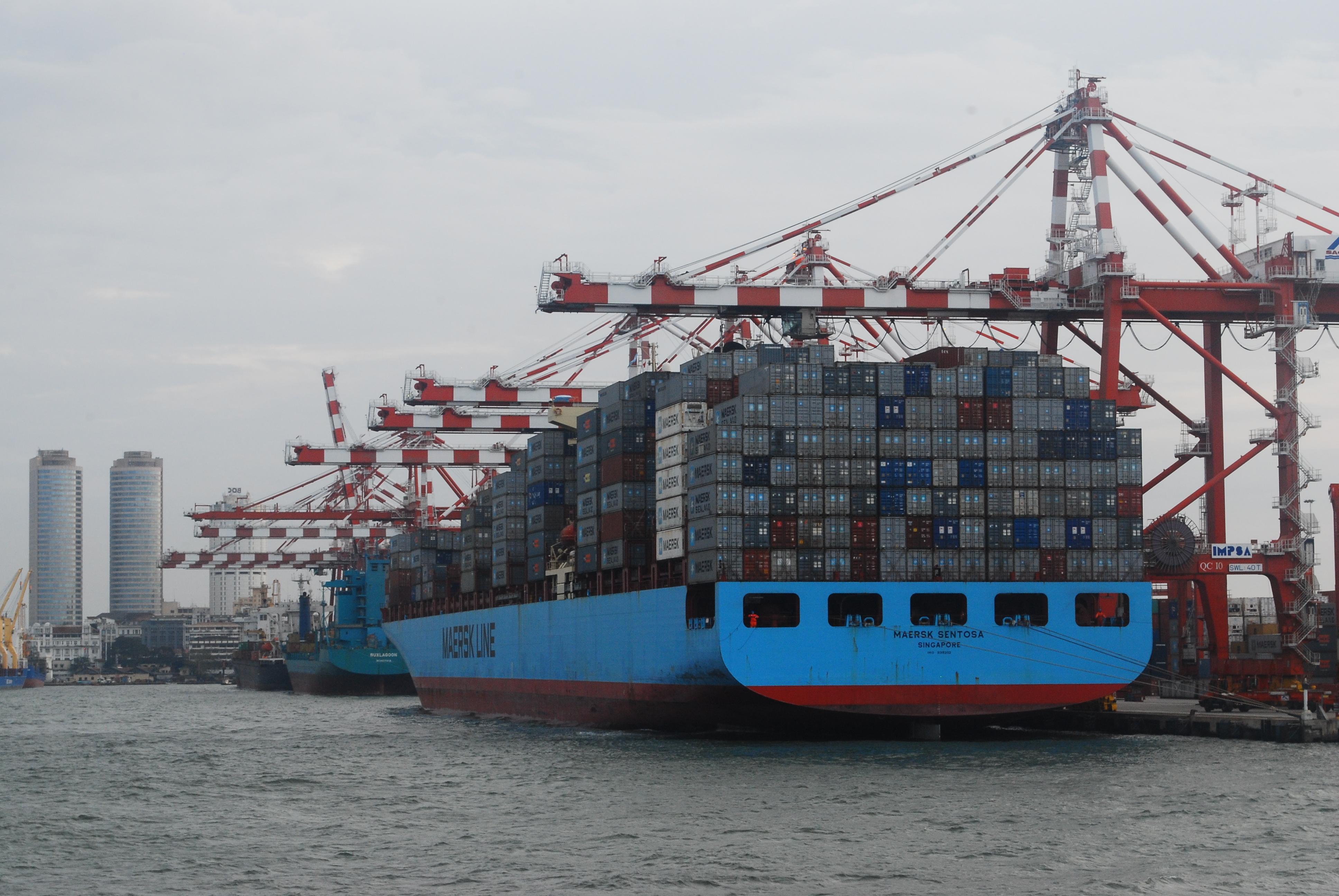
The Crew Change Conundrum
Some three-quarters of the 100,000 crew changes that should happen monthly have been delayed since March with about 300,000 of the world’s 1.5 million seafarers estimated to be marooned on ships with expired contracts.
That means another 300,000 seafarers are stuck at home, unemployed, waiting to join their ships.
Some seafarers have been at sea for so long, up to 12 or more months without a break, that their employers are technically in breach of time limits in the Maritime Labour Convention.
“Replenishing crew on board is critical to a ship’s safe operation,” said Mevan Peiris, Group Director of Ceyline Group, which trains seafarers and provides crew management services among other diversified shipping businesses.
“A seafarer’s role is not an easy one. They are restricted to a confined space and expected to perform crucial tasks on a daily basis in a very demanding and high-pressure environment,” he told Roar Media.
“The Maritime Labour Convention limits a seafarer’s time on board to a maximum of 11 months. The officers usually have contracts of 4 – 6 months and the ratings [ordinary seafarers] take on contracts of nine months.”
Although many countries pledged to ease transit restrictions for seafarers, granting them ‘key worker’ status, few have done so, owing to pressure from the public to maintain controls on the pandemic or inadequate quarantine facilities.
“The simplest solution is facilitating visas or allowing seamen to travel without visas by exempting them,” said Rohan Codipilly, Chief Executive Officer of Mercantile Marine Management, part of Mercmarine Group, which also trains seafarers and manages crew apart from other shipping businesses.
“Now, seafarers need visas but embassies are still closed in many places, so they can’t get visas,” he told Roar Media. “The most urgent solution would be for countries to formally agree on a mechanism to issue visas or allow seafarers to travel without visas.”
The crew change conundrum has been well covered by the shipping industry media, with headlines referring to a ‘humanitarian crisis at sea‘ and anxious, homesick seafarers near ‘breaking point‘, whose fatigue raises the risk of accidents and supply chain disruptions.
But most people outside shipping remain unaware of their situation.
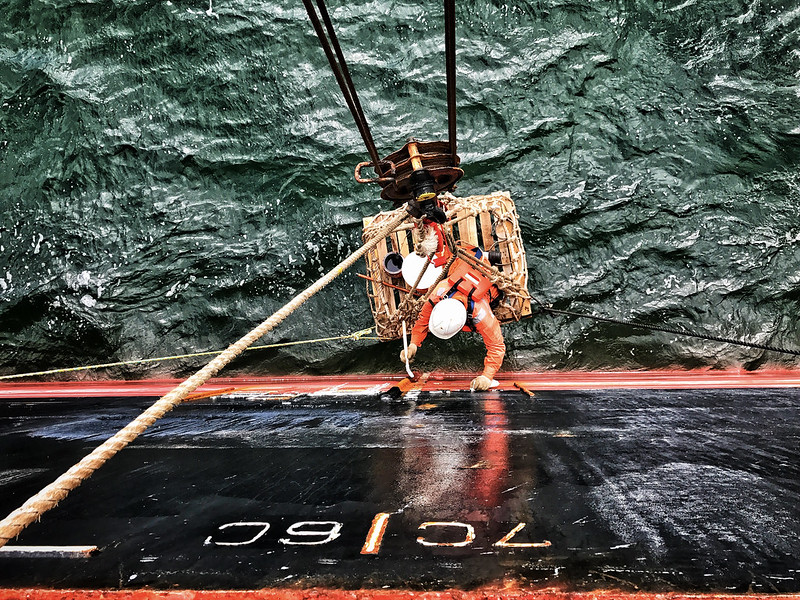
“We were always the people behind the scenes. It is a silent service no one talks about,” said Ferdinands, who, as second-in-command of a ship owned by Swire Pacific Ship Management, handled many responsibilities — from navigation to loading of cargo.
“The world economy is connected through shipping and it is seafarers who transport most of the world’s cargo. But when things have gone awfully wrong with COVID-19 and thousands of seafarers are stuck out there, nobody has taken the trouble to understand the service seafarers are doing.”
Rajith Wijesinghe, Third Officer of the container ship MOL Beauty, which can carry 10,000 containers usually loaded with manufacturer goods, was among the luckier ones.
His contract was for six months. “I was lucky to disembark once I completed six-and-a-half months,” he told Roar Media.
There were others among the mainly Filipino crew of his ship, owned by Seaspan Ship Management and chartered by MOL (Mitsui O.S.K. Lines), a global Japanese shipping line, who completed almost one year on board.
“Seafaring is a difficult, tiring job. When you reach the end of your contract, you feel exhausted,” Wijesinghe explained. “The danger in having people work for longer than their contract period is that fatigue can lead to mistakes and accidents.”
Paperwork, Quarantine, And The Struggle To Get Home
Ferdinands was supposed to sign off in early March in Brazil, which is among the worst-hit by the pandemic. The Wulin, which can carry 39,049 tonnes of dry cargo — from rice and corn to medical supplies — was trading between South American ports on his last tour.
But when he finally disembarked, it was July 17. Ferdinands could not get off his ship until his reliever flew in, and for that, his ship had to get to a port where his reliever could fly in and get to the vessel directly from the airport, and from where Ferdinands would be able to fly out.
“It was one complicated mess,” he recalled. “Travel and quarantine requirements were different from country to country and change suddenly. It also took time to figure out the paperwork. Just to get me back home involved at least two weeks of emails back and forth.”
Initially, Ferdinands felt the delay in going home would be short-lived. But as days turned into weeks, and weeks into months, he began to feel anxious and angry.
“You feel isolated,” Ferdinands said. “Our company was keeping us updated on why we can’t do crew changes. But there was a sense of frustration, anger and hopelessness, stuck thousands of miles away from home.”
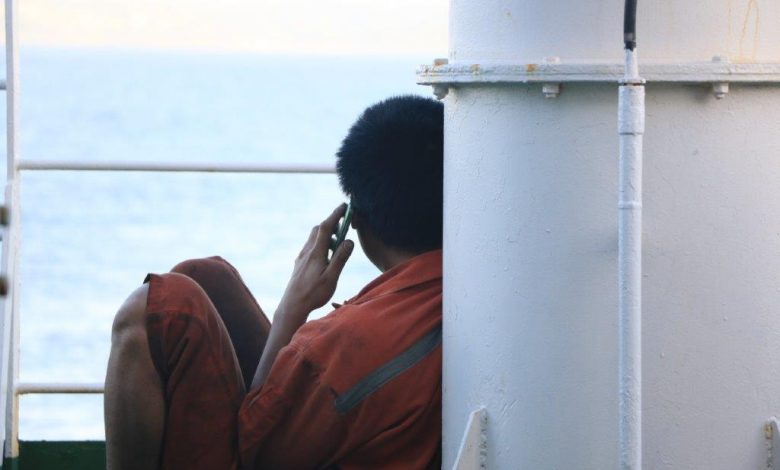
Ferdinands finally landed in Sri Lanka on July 20, after three days of travel, and was made to undergo two weeks in a military-run quarantine centre and two more weeks of self-isolation at home, despite testing negative for the virus.
The crew change crisis is so bad that even large shipping groups find it tough to arrange the passport renewals, visas, medical checks, flights and paperwork with rules and requirements changing suddenly and frequently.
Maersk, the world’s biggest container shipping line, has about a third of some 6,600 seafarers working on its ships with expired contracts despite its ability to spend on chartering planes and block-booking hotels.
One crew manager recalled how they had a ship divert to a country allowing crew changes when the government suddenly stopped the service as the vessel neared port.
“Imagine the mental health of seafarers desperate to come ashore, whose hopes were dashed. The ship was forced to proceed as it couldn’t wait at the port without knowing when crew change would be allowed.”
On Wijesinghe’s 340 metre-long, 42 metre-wide container ship, the crew adapted as best as they could to extended hours of duty with two barbeque parties a month and games like basketball and table tennis to try to relieve the tension.
At sea, seafarers stay in touch with family and friends through satellite communications, expensive but enabling mobile phone calls, internet browsing and the use of social media like WhatsApp.
“Nowadays, the container trade is really hectic, especially on routes in the Far East, calling ports like Singapore and Hong Kong,” Wijesinghe said. “We get to go ashore for maybe a maximum two-three hours. Not like the good old days where you go in the morning and come back by evening.”
Sri Lanka’s Potential
Sri Lanka’s early success in controlling the pandemic through lockdowns and aggressive tracing and quarantining of contacts of infected people, prompted the promotion of its ports and airports for crew change.
But restrictions were imposed when a foreign seafarer in transit tested positive for the virus. Despite this, the potential for Sri Lanka to be a crew change hub remains, given the island’s location close to the main East-West shipping route across the Indian Ocean.
“I believe it is a question of having enough capacity for testing people and quarantining them,” said Codipilly.
“There’s the risk [that] existing facilities can get overwhelmed if there is a sudden, unexpected increase in infected people. We have seen policy reversals elsewhere too, in Singapore and Hong Kong, which opened up for crew changes but reinstated restrictions after a spike in infections,” he said.
Peiris of Ceyline Group believes crew changes should be allowed again as comprehensive Health Ministry guidelines permit them, estimating that there is minimum risk of infection to the general population as well as ships, while generating income for several businesses.
About 3,000 crew changes were done in June in Sri Lanka, generating an estimated Rs.one billion (USD 5.4 million) of income to shipping agents, the hotel and airline industries and transport and other service providers.
“Local businesses, like hotels, which had zero revenue at the time, were able to start earning again by converting their properties to isolation centres. SriLankan Airlines was able to generate revenue through charter flights,” Peiris said.
But Ferdinands, who was drawn to a seafaring career when he realised in his mid-teens he was not cut out for a normal nine-to-five desk job, is in no hurry to go back to sea, given the risks and restrictions.
“The sea chose me and nearly 15 years later am still at it,” he said. “This is not the usual way I come home. In comparison to the thousands of seafarers stuck out there, however, I’m one of the lucky ones who managed to make it home.”
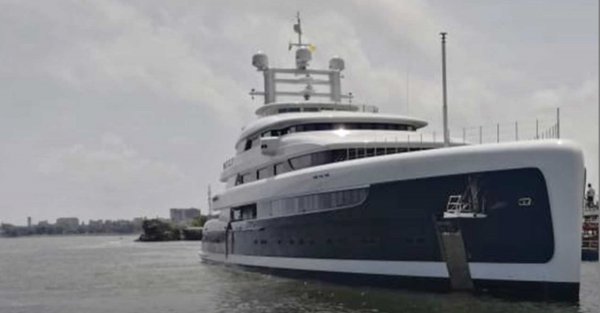
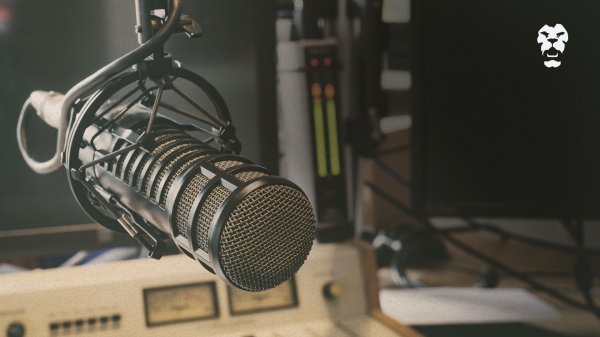



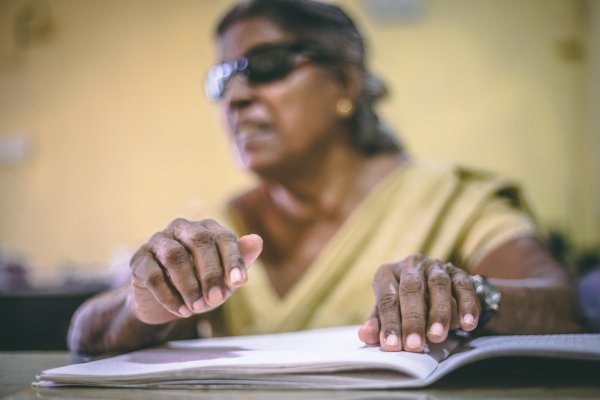

.jpg?w=600)